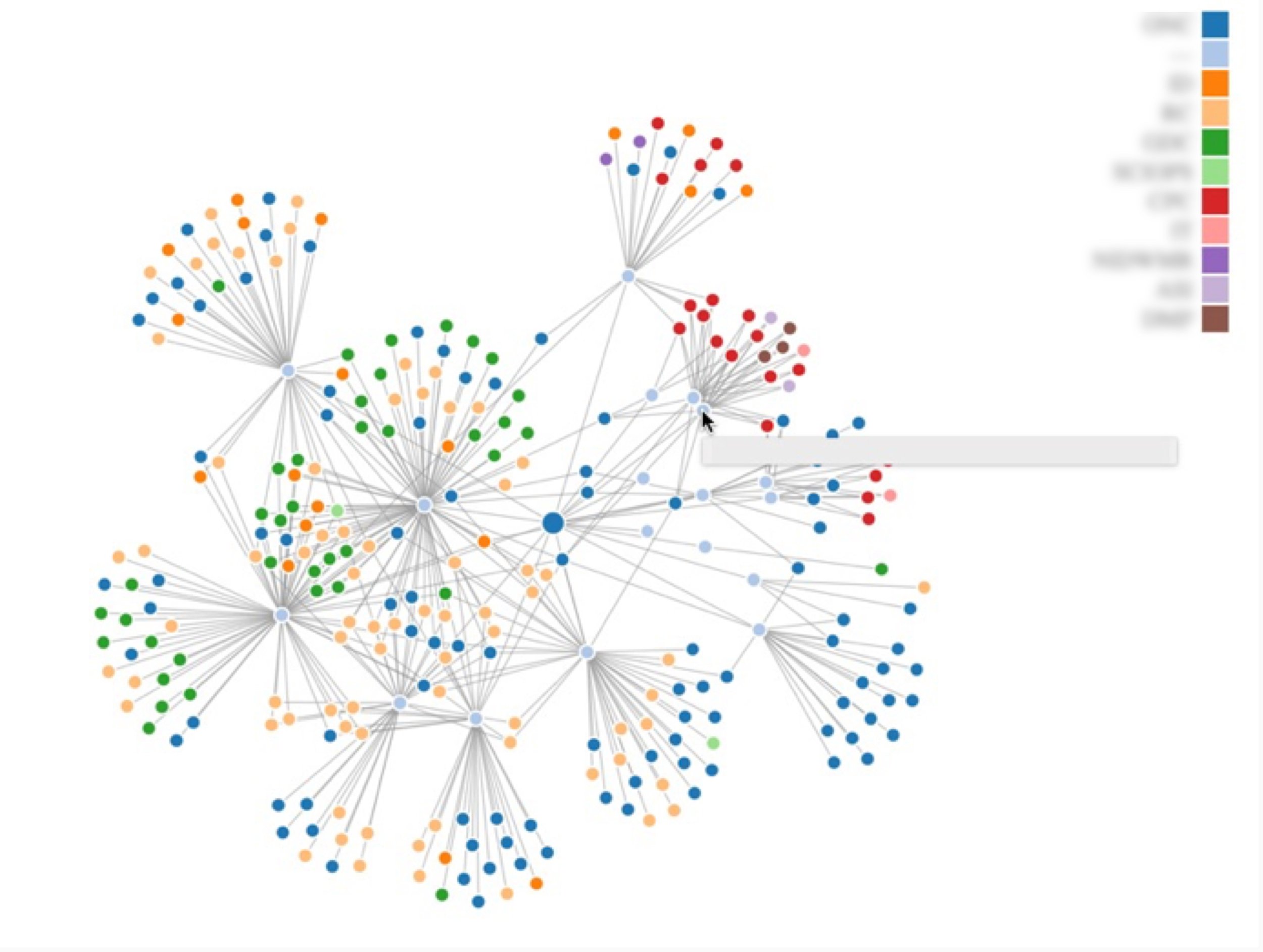Digital Collaboration Experience for Scientists
Novartis | Basel, Switzerland
Goal
To improve digital tools for scientists at Novartis, improving collaboration and streamlining workflows to make data sharing and research processes more efficient.
My role
I led the design and collaborated closely with stakeholders, developers, and subject matter experts to ensure the design met both user needs and business goals.
Impact
Post-launch surveys revealed significant improvements in ease of use, productivity, and overall satisfaction, and a 30% increase in
overall average efficiency. As a result, the product team received additional resources to further develop and scale the solution.
Where we started
Scientists at Novartis faced unique challenges in collaborating across teams, departments, and time zones. Their existing tools were fragmented, unintuitive, and often slowed down workflows rather than enabling them. Sharing insights and managing vast amounts of research data required manual workarounds, creating frustration and inefficiency.
First steps
To uncover the challenges scientists faced, I conducted a multi-method research process:
Interviews: Revealed isolated teams and a lack of visibility into each other’s work.
Surveys: Highlighted dissatisfaction with tools and difficulty accessing archived knowledge.
Contextual Inquiry: Observed lab workflows, uncovering hidden pain points in collaboration.
Workshops: Exposed a competitive culture hindering open knowledge-sharing.
Log Analysis: Mapped underutilized expertise across teams using internal system data.
These insights highlighted fragmented communication, siloed knowledge, and inefficiencies. I synthesized findings into user journey maps and problem statements, and aligning stakeholders on key priorities through affinity mapping workshops.
Design process
Visualize the problem
Expertise Visualization: I designed a visualization using D3.js to map expertise clusters across the organization. Blurred for confidentiality.
2. Ideation and Sketching
With a deep understanding of the scientists’ needs and workflows, I began ideating potential solutions. Starting with sketches, I explored dashboard layouts and features such as an ‘activity stream’ to centralize updates on colleagues, labs, and equipment. After discussions with the product team, we identified this feature as the ‘low-hanging fruit’ with the highest potential impact, making it our starting point.
3. Prototyping, testing, and iteration
My next step was to prototype and test with lab scientists. Through iterative user testing, I refined the activity stream prototypes based on their feedback, ensuring the design addressed their daily workflow needs. I also prioritized images on the ‘activity stream’ cards, since many scientists said it was helpful to get a quick glance at information such as instrument statuses or chemical compounds.
I built this prototype in HTML/CSS/JS, which allowed me to quickly create and test interactive prototypes on different modalities, such as tablet and desktop.
Most of my work at Novartis is under an NDA.
Closely-related work
I also worked on scientist and lab profiles, which centralized key information about individual scientists and labs. This solution aimed to eliminate the need to access multiple sources, making it easier for users to find all relevant data about colleagues’ and labs’ expertise, location, publications, and more, in one place.
Impact
After evaluating the outcomes of this work, our team received recognition from senior leadership for highlighting the critical role collaboration tools play in drug discovery. As a result:
Increased efficiency: Researchers reported an on average 30% reduction in time spent getting information on equipment updates.
Increased resources: Additional resources were allocated to the product development team to execute the roadmap I had helped shape through research and design.
Strategic leadership alignment: The project was positioned to significantly improve collaboration and efficiency within the drug discovery teams, as discussed in leadership meetings.





